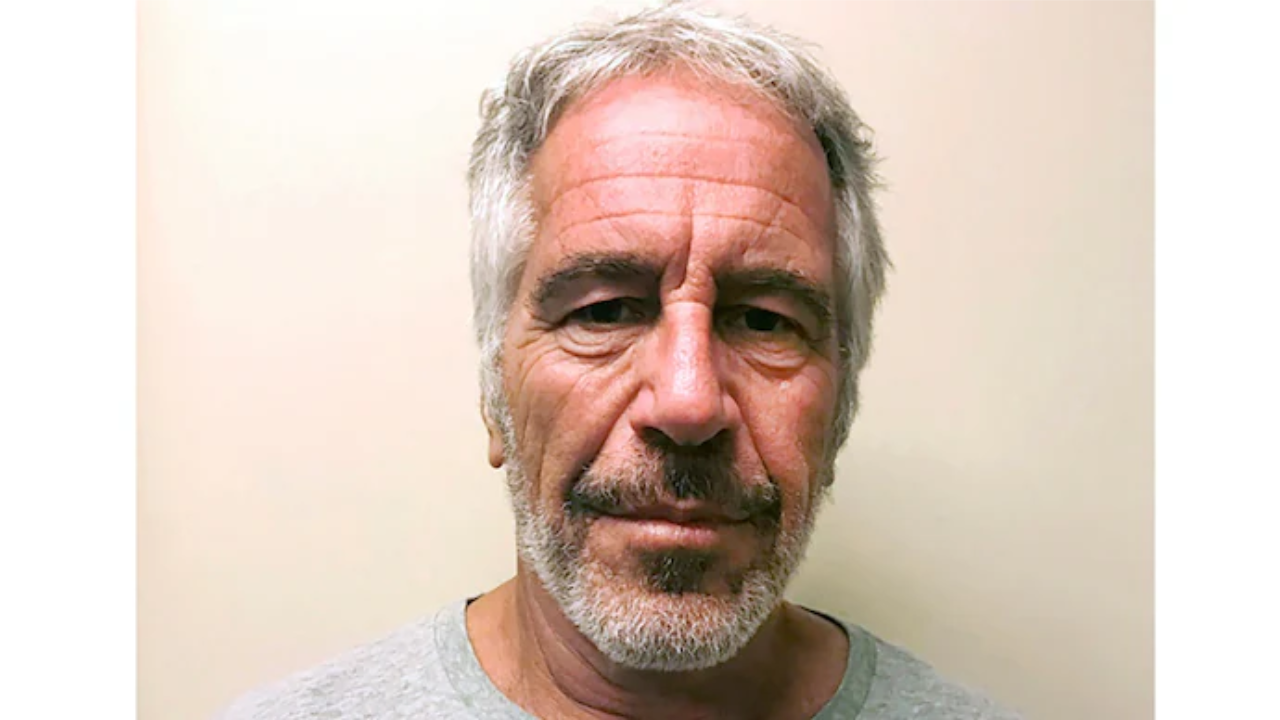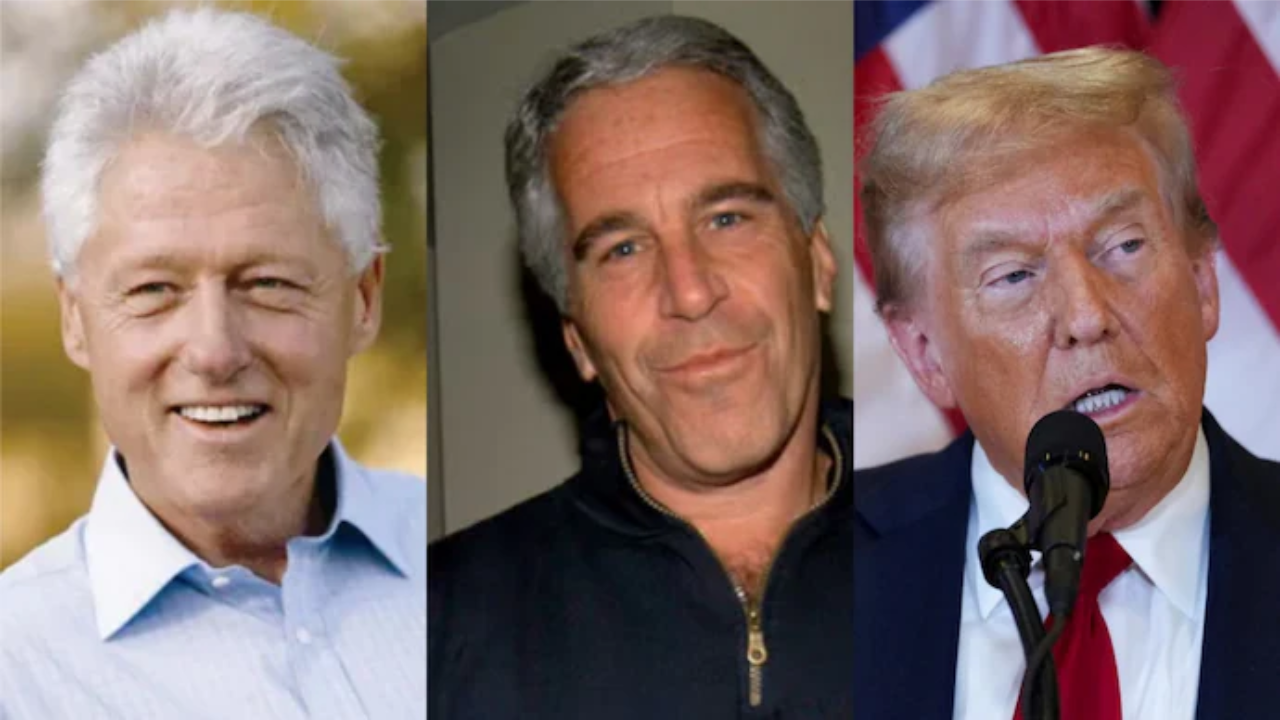The death of a family member is emotionally challenging. Navigating the administrative maze of transferring assets in India—from property to FDs—doesn’t have to add to the stress. This guide provides a clear, asset-by-asset checklist to help heirs claim what is rightfully theirs.
Bank Accounts and Fixed Deposits (FDs)
The process is fastest if nominations are in place.
| Scenario | Action Required | Key Documents |
| Nominee or Joint Holder Exists | Apply directly to the bank. | Death Certificate, KYC of the claimant, Claim Form. |
| Neither Nominee nor Joint Holder Exists | Court intervention is necessary. The bank will only release funds upon presentation of the correct legal document. | Succession Certificate or equivalent Court Order. |
Pro-Tip: A Succession Certificate lets you collect the money. For managing and distributing the entire estate (including property), you may need Probate or a Letter of Administration.
Property Transfer (Mutation)
Transferring ownership in official records is called Mutation. This step is crucial before the property can be legally sold or transferred again.
- Submit Application: Apply to the local land or municipal authority.
- Gather Key Documents:
- Original Title Deed
- Death Certificate
- KYC and Address Proof of all legal heirs.
- Updated Property Tax Receipts (a common cause of rejection).
- Proof of Inheritance.
- Multiple Heirs: If not all heirs are being added to the records, you must obtain a No Objection Certificate (NOC) from those consenting heirs for a smooth process.
Employees’ Provident Fund (EPF)
Nominees or legal heirs can claim all benefits—including the PF balance, pension, and insurance under the EDLI scheme.
- Claim Method: File the claim through the UMANG app or directly at the EPF office.
- Older Accounts: To prevent delays, locate all account details, especially the Universal Account Number (UAN) and keep detailed employment records, as pre-UAN accounts can be hard to track.
Mutual Funds
The process mirrors bank accounts, but requires more documentation if no nominee is named.
| Scenario | Action Required | Key Documents |
| Nominee Exists | Submit a claim to the fund house for redemption or transfer. | Claim Form, Death Certificate. |
| No Nominee Exists | Heirs must apply for transmission of units. | Indemnity Bond, Individual Affidavits, and often a notarized copy of the Probate or Succession Certificate. |
Bank Lockers
Accessing a locker requires the same core documents as bank accounts.
- With a Will: The bank follows the court’s direction given to the Executor.
- No Nominee/No Will: The bank will often require a Succession Certificate or Legal Heir Certificate, along with an Indemnity Bond and NOCs from other heirs.
- Missing Keys: The bank will arrange to break open the locker in the presence of witnesses, record the contents, and release them to the rightful claimant.
Proactive Planning: The Easiest Way Forward
Experts unanimously agree: clear planning eliminates most future complications.
- Make Nominations: Always nominate a beneficiary for every single asset (bank account, locker, FD, mutual fund, insurance).
- Create an Asset Master List: Maintain a regularly updated spreadsheet of all assets—from bank accounts and investments to digital wallets and insurance policies. Include nomination details and keep this list in a known, secure location.
- Formalise Estate Division: In the absence of a Will, heirs should enter a Mutual Settlement to clearly divide assets, preventing lengthy legal disputes down the road.
Do you need more information about the specific application process for the Succession Certificate or a Legal Heir Certificate?

















